Okra Charcoal Rot Information: Learn About Treating Okra Charcoal Rot

Charcoal rot can be a devastating disease for a number of crops, causing rot in the roots and stems, inhibiting growth, and lowering yield. Charcoal rot of okra has the potential to wipe out that section of your garden and even infect other vegetables. You can take preventative measures and try certain fungicides to treat affected plants to restore the okra harvest.
Okra Charcoal Rot Information
Charcoal rot of okra is caused by a fungus in the soil called Macrophomina phaseolina. It lives in the soil, so it can build up each year and attack and infect roots year after year. The infection is most likely to set in when drought conditions have caused stress in okra plants. Signs of okra with charcoal rot include the characteristic ashy, gray appearance of infection on the stems that give the disease its name. Look for shredded stems with small black dots on the parts of stem that remain. The overall appearance should be like ash or charcoal.
Preventing and Treating Okra Charcoal Rot
If you are growing plants, like okra, that are susceptible to charcoal rot, it is important to practice good cultural practices for prevention of infection. The fungus builds up in the soil, so crop rotation is important, changing out susceptible plants with those that won’t host M. phaseolina. It is also important to remove and destroy any plant tissue and debris that was infected at the end of the growing season. Since the fungus has the most impact on drought-stressed plants, make sure your okra plants are well watered, especially during times when rainfall is less than normal. Agricultural researchers have found that certain substances can be useful in reducing the charcoal rot infection in okra plants as well as in increasing growth and yield. Salicylic acid, benzothiadiazole, ascorbic acid, and humic acid have all been found to be effective, especially at higher concentrations. You can use any of these to soak seeds before sowing them in the spring to prevent infection caused by fungus in the soil.
Gardening tips, videos, info and more delivered right to your inbox!
Sign up for the Gardening Know How newsletter today and receive a free copy of our e-book "How to Grow Delicious Tomatoes".

Mary Ellen Ellis has been gardening for over 20 years. With degrees in Chemistry and Biology, Mary Ellen's specialties are flowers, native plants, and herbs.
-
 Looking For Plants To Give You The Soft And Fuzzies? Try These 5 Fuzzy Leaf Plant Options
Looking For Plants To Give You The Soft And Fuzzies? Try These 5 Fuzzy Leaf Plant OptionsLovers of texture, drama, silver foliage and tactile plants will adore these special sensory garden additions. These fuzzy leaf plant options will leave you all aglow
By Susan Albert
-
 Get Ready For A Summer Of Hummers! Grow These Full Sun Hummingbird Plants and Flowers
Get Ready For A Summer Of Hummers! Grow These Full Sun Hummingbird Plants and FlowersIf you’re lucky enough to enjoy a sunny backyard, make sure you are maxing out on your pollinator opportunities and grow these full sun hummingbird plants and flowers
By Tonya Barnett
-
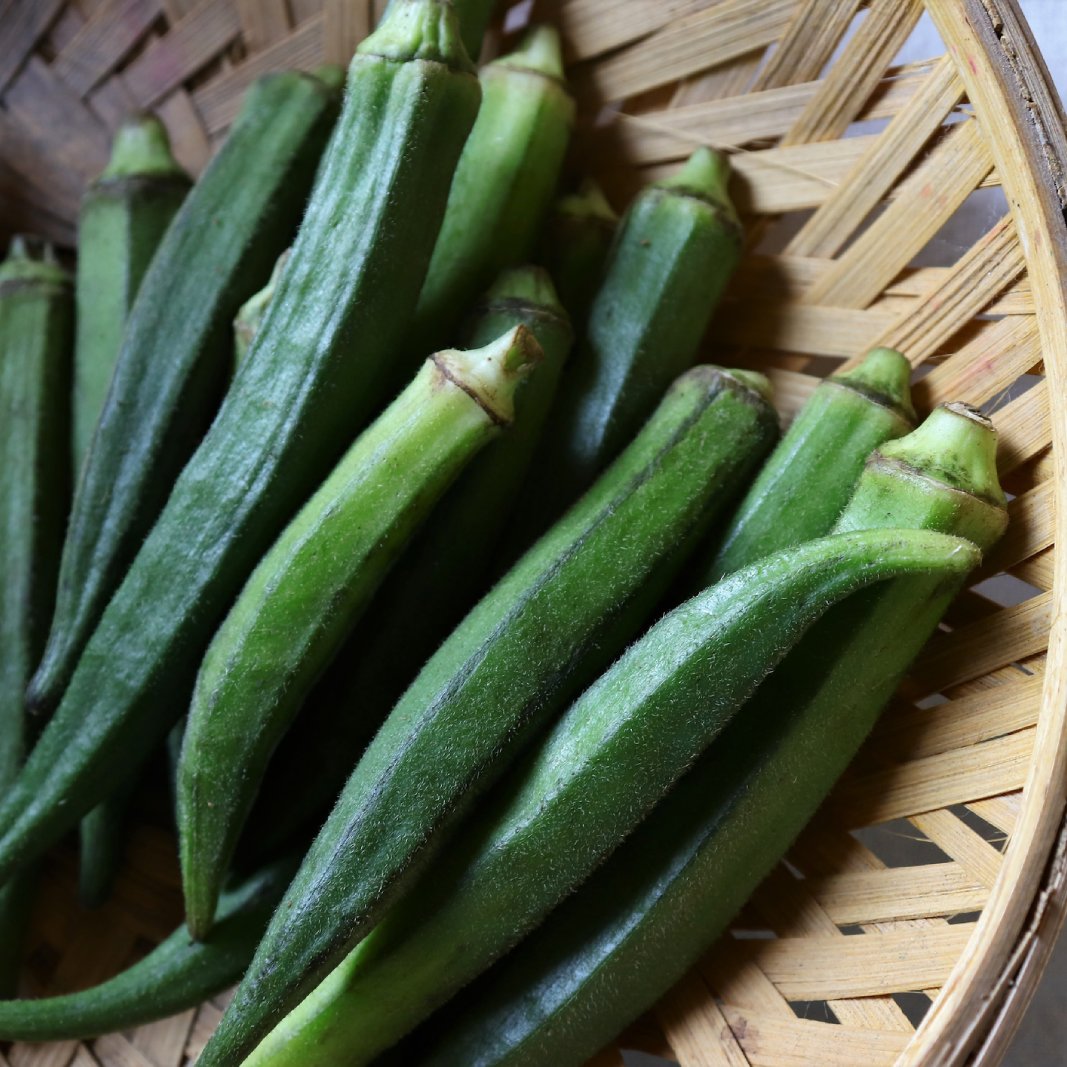 How To Store Okra After Picking
How To Store Okra After PickingLearn how to store fresh okra for up to a year by canning or freezing the harvest. For short-term storage it can go in the refrigerator for two or three days.
By Susan Albert
-
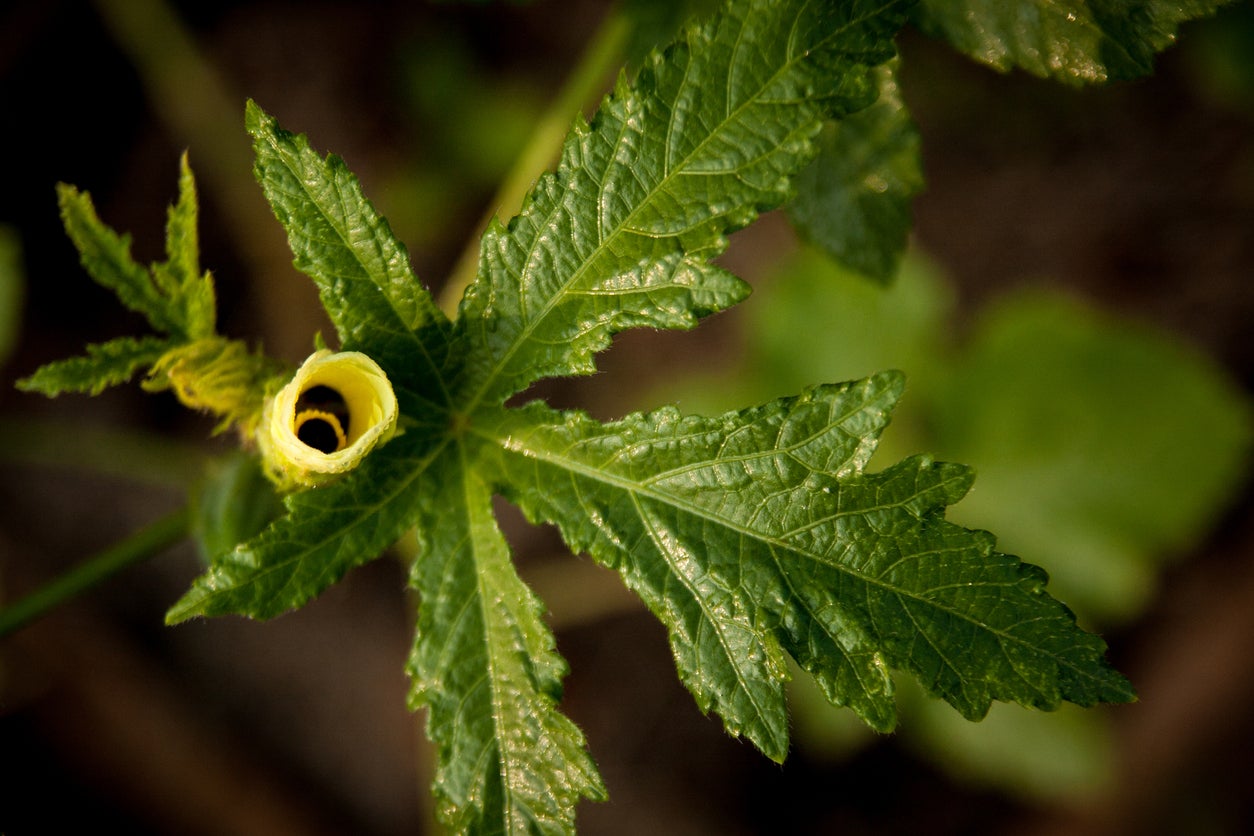 Edible Okra Leaves – Can You Eat The Leaves Of Okra
Edible Okra Leaves – Can You Eat The Leaves Of OkraMany northerners may not have tried it, but okra is quintessentially southern and linked to the cuisine of the region. Even so, many southerners typically just use the okra pods in their dishes, but what about eating the okra leaves? Can you eat the leaves of okra? Find out here.
By Amy Grant
-
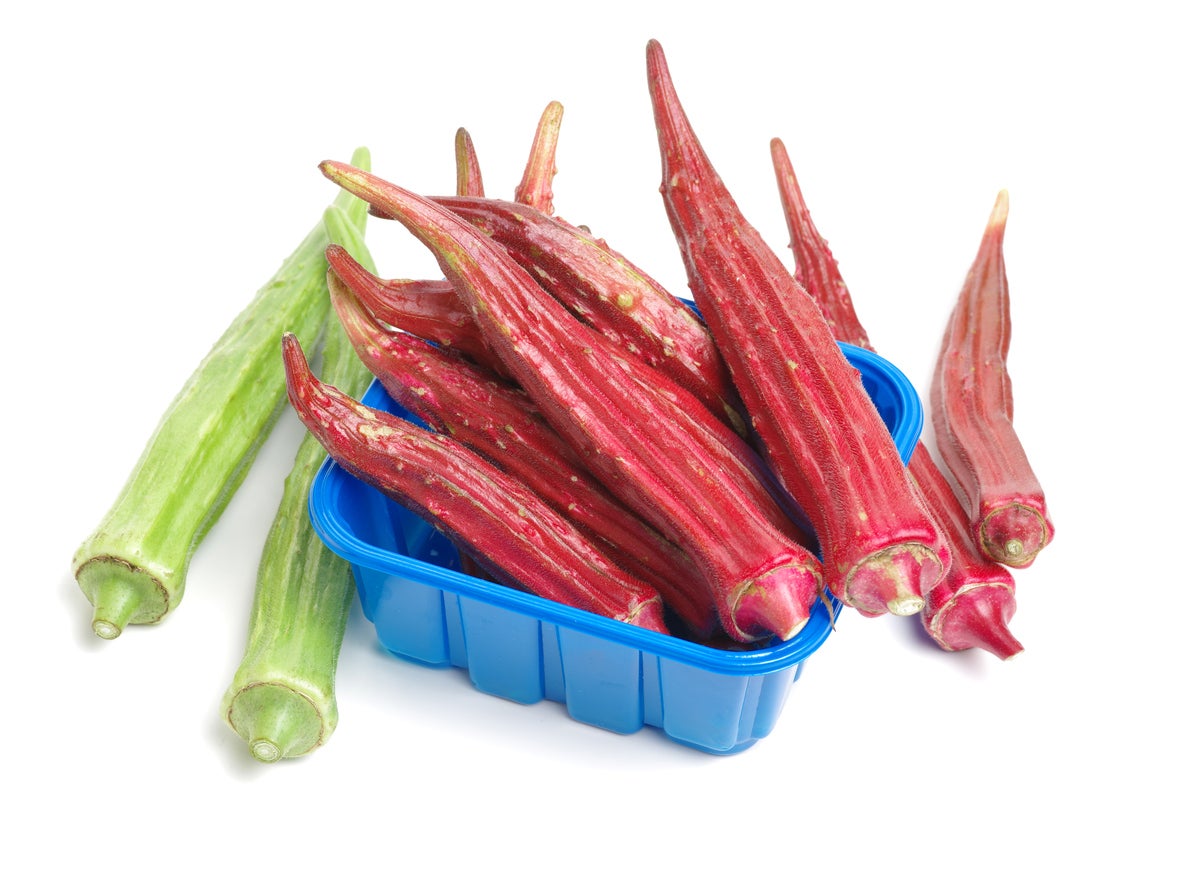 Okra Plant Varieties: Learn About Different Types Of Okra Plants
Okra Plant Varieties: Learn About Different Types Of Okra PlantsBy Teo Spengler
-
Treating Blight On Okra Plants: Recognizing Southern Blight In Okra Crops
There are times when even the most ardent lover of okra is left with a bad taste in their mouth – and that is when there is blight on okra plants in the garden. Just what is okra southern blight and how do you treat okra with southern blight? Click here to find out.
By Shelley Pierce
-
Cotton Root Rot Of Okra: Managing Okra With Texas Root Rot
Cotton root rot of okra, is a nasty fungal disease that attacks many species of plants. The disease, which favors highly alkaline soils and hot summers, is limited to the Southwestern United States. Learn what you can do about okra with Texas root rot in this article.
By Mary H. Dyer
-
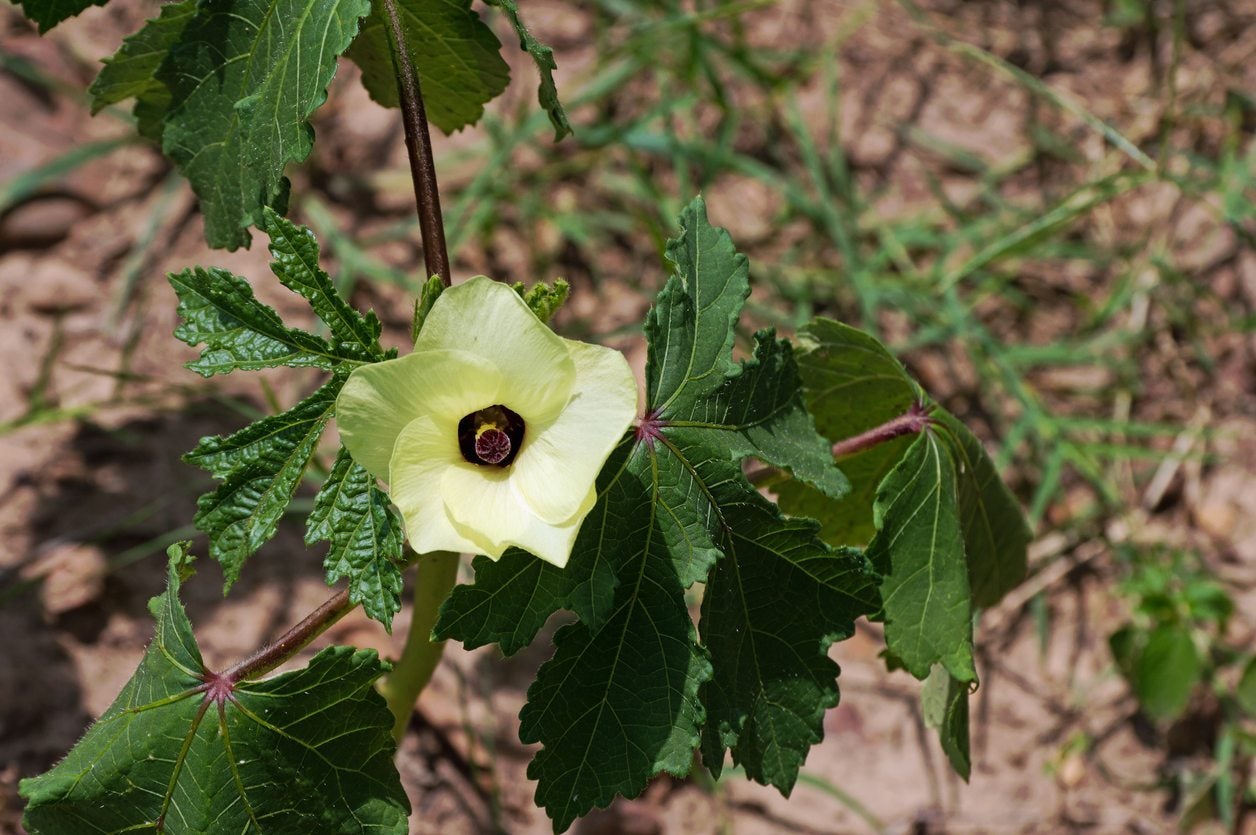 My Okra Flowers Are Falling Off: Reasons For Okra Blossom Drop
My Okra Flowers Are Falling Off: Reasons For Okra Blossom DropOkra is a beloved vegetable, partly because it can live and produce happily even in extreme heat. Because it's usually so reliable, it can be especially frustrating if your okra plant doesn't produce like it should. One such problem is okra blossom drop. Learn more here.
By Liz Baessler
-
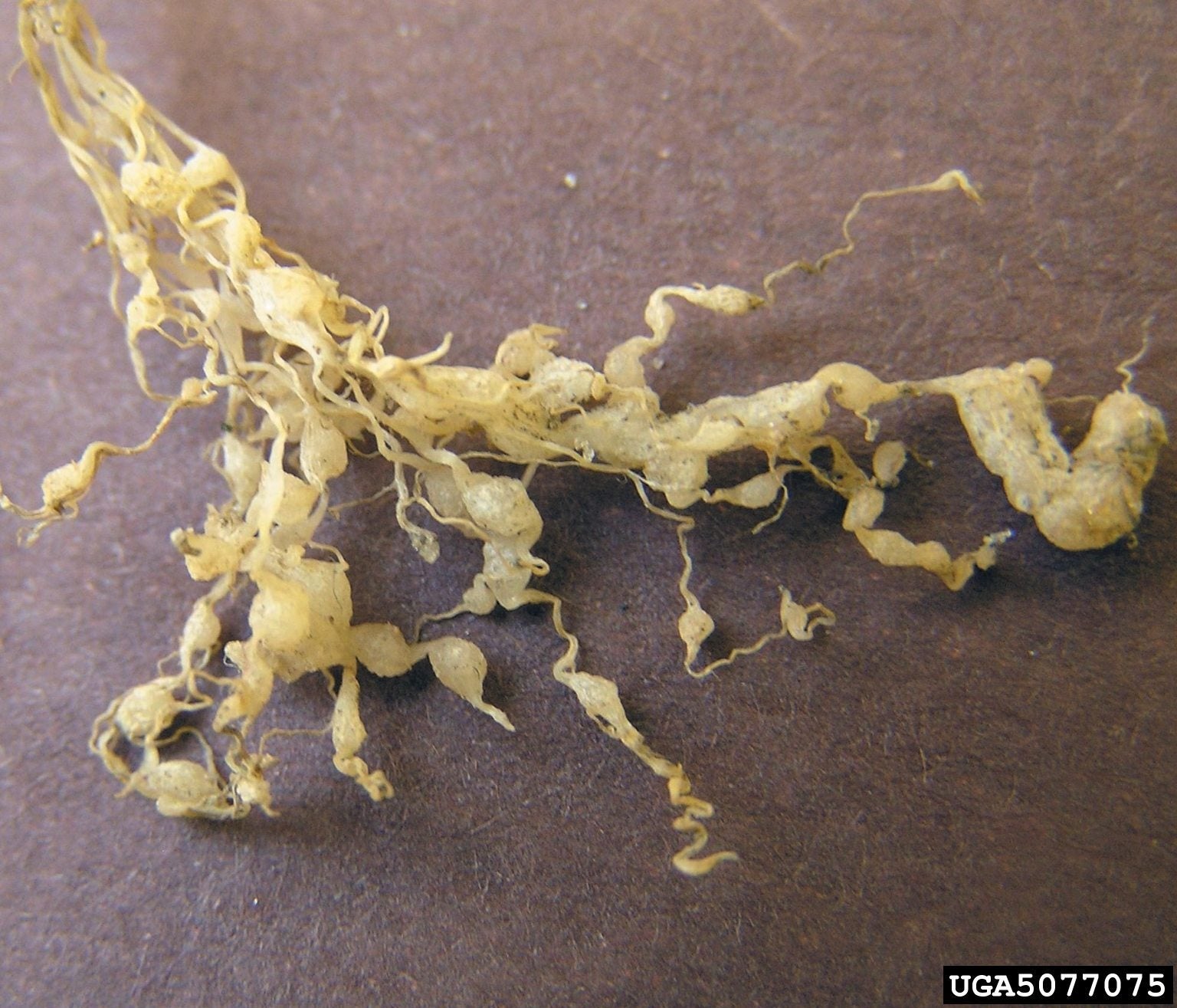 Nematode Okra Problems – Treating Okra With Root Knot Nematodes
Nematode Okra Problems – Treating Okra With Root Knot NematodesSouthern Americans are not the only ones who love their okra; okra root knot nematodes have a penchant for it as well. Okra with root knot nematodes can cause serious losses. How can root knot nematodes on okra be managed? This article can help with that.
By Amy Grant
-
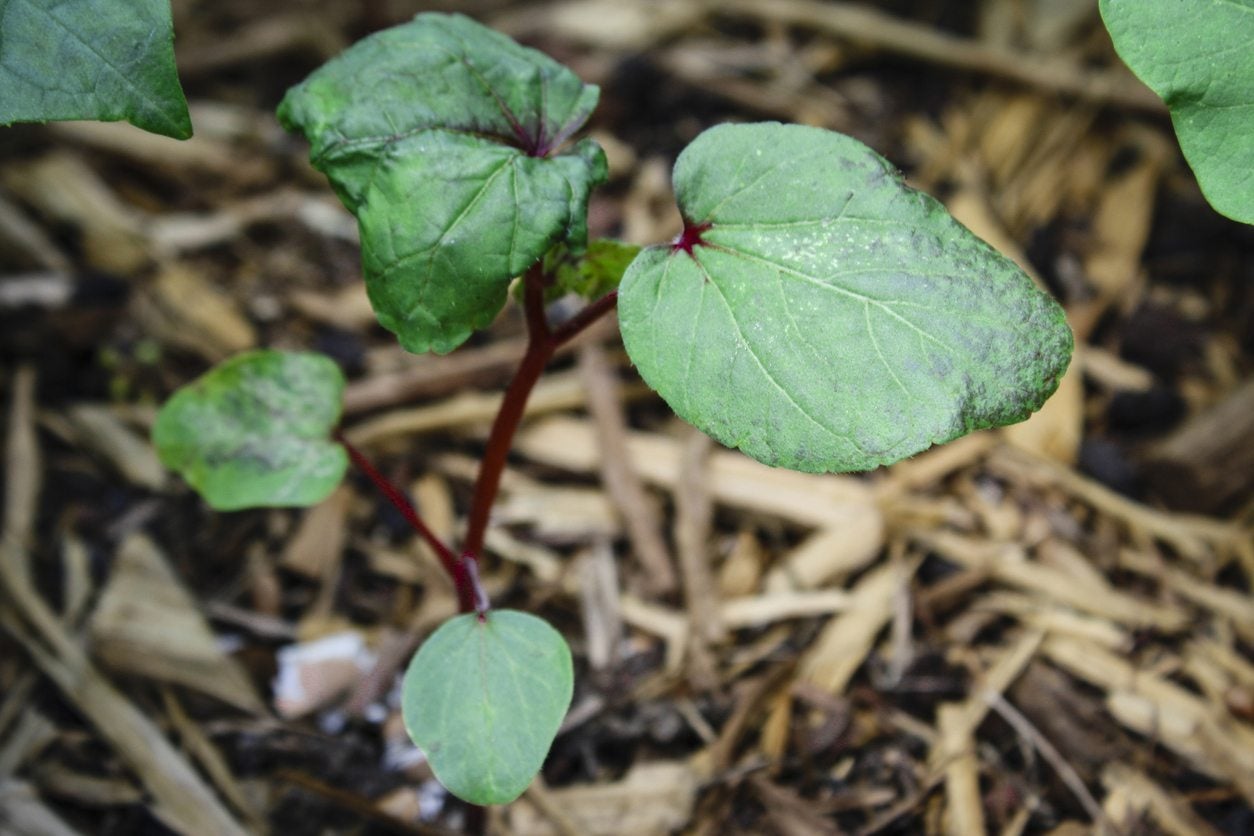 Okra Seedling Diseases: Managing Diseases Of Okra Seedlings
Okra Seedling Diseases: Managing Diseases Of Okra SeedlingsIf your okra seedlings are dying, then let this article take the "oh crud" out of okra cultivation and learn more about some of the more common okra seedling diseases and prevention. Click here for more information.
By Shelley Pierce